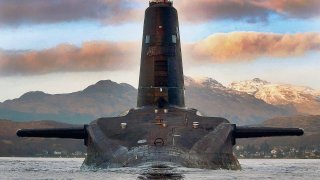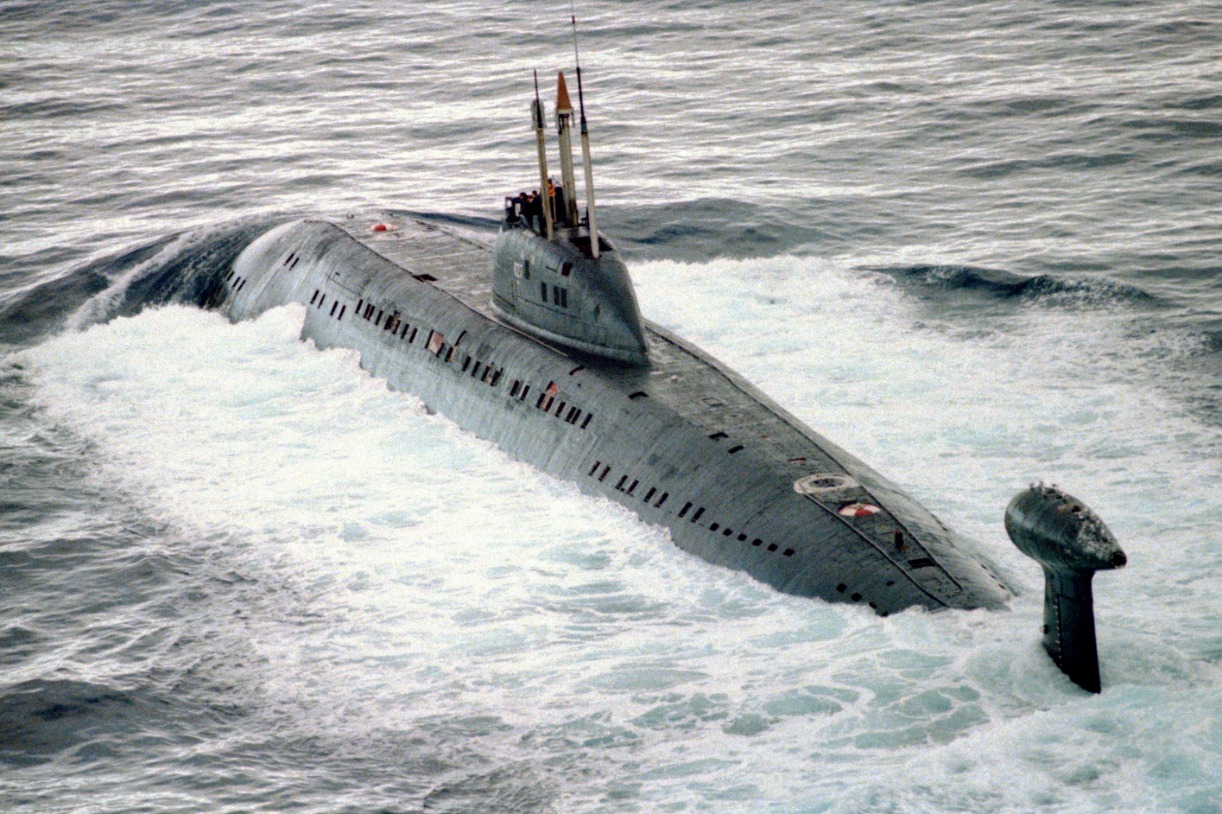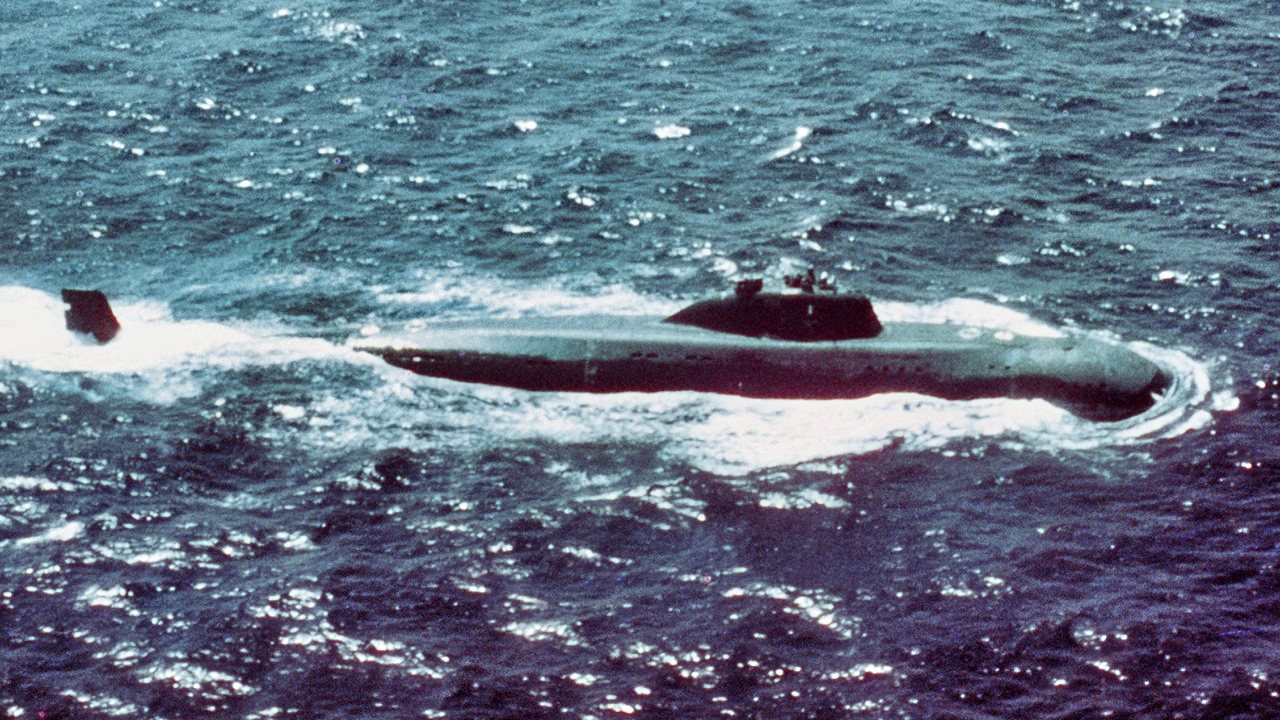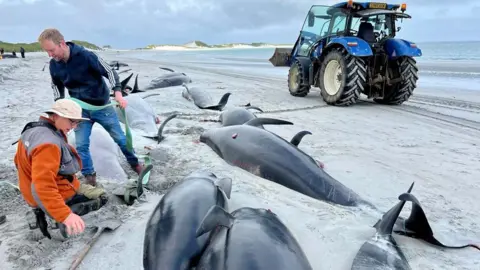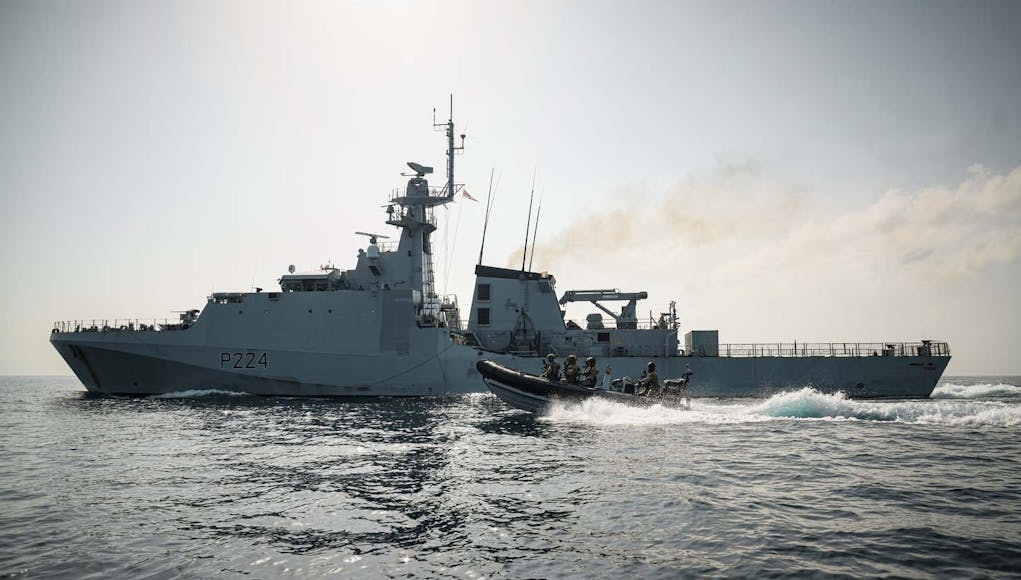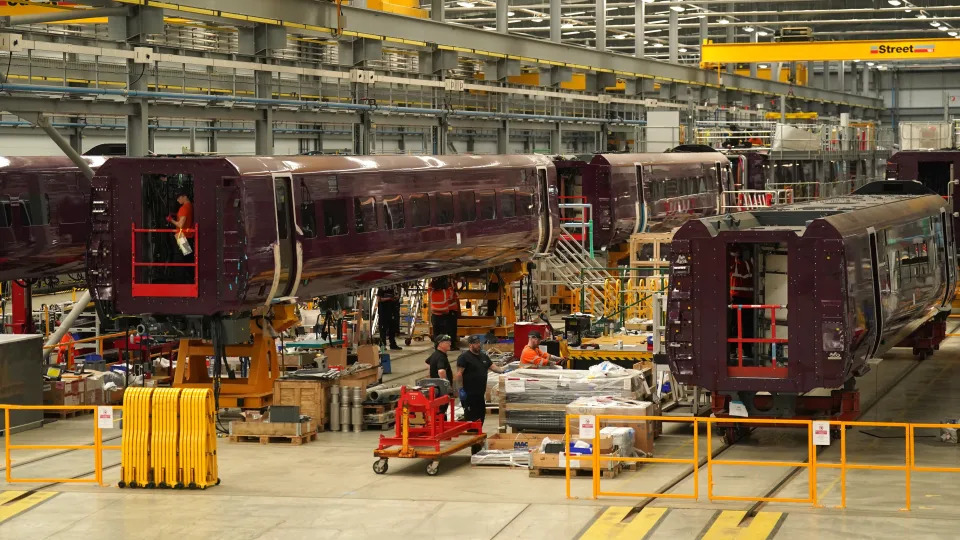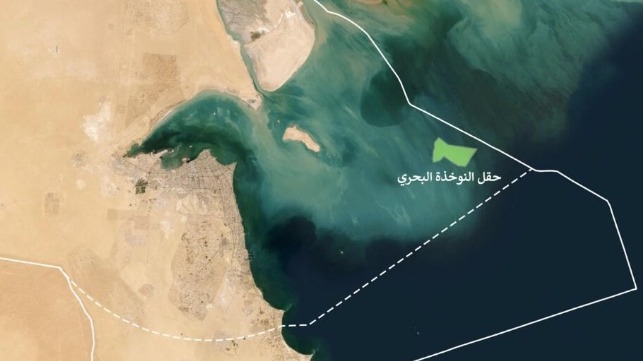ICC Member States: Coordinate To Protect Witnesses With Evidence Of Atrocities, Refer Myanmar To Chief Prosecutor
Monday, 15 July 2024,
Press Release: Fortify Rights(BANGKOK, July 11, 2024)—Member States of the International Criminal Court (ICC) should ensure appropriate protection for witnesses from Myanmar who have evidence that would contribute to accountability for ongoing potential war crimes, crimes against humanity, and genocide, said Fortify Rights today. Fortify Rights obtained ten secretly recorded videos showing Myanmar military junta soldiers severely torturing detainees at an interrogation facility in Mandalay Region, and the defector-whistleblower who filmed the incidents is in need of protection.
The videos expose numerous incidents of severe torture of detainees by Myanmar junta personnel, including fatal beatings as well as electrocutions. In one video, junta personnel use a long implement to severely beat a man who is naked on the floor with his hands bound behind his back. In another video, soldiers allegedly beat two detainees to death.
“These torture videos are the type of evidence needed for justice and accountability, but the key witness who filmed them requires protection to ensure the usefulness of this valuable evidence,” said Chit Seng, Human Rights Associate at Fortify Rights. “Collecting and preserving evidence of atrocities in Myanmar is more crucial now than ever, but without urgent witness protection, significant amounts of evidence will be lost. These videos add to the mounting evidence of the junta’s flagrant violations of international law and should compel the international community to hold the Myanmar junta accountable, including by referring the situation to the ICC.”
To preserve the integrity of the video evidence and future prosecutions and for the security of the witness, Fortify Rights is not at liberty to release the videos at the moment but is preserving them as future evidence in potential war crimes cases.
The witness in question has communicated with the Independent International Mechanism for Myanmar (IIMM), which was created to collect and preserve evidence of international crimes in Myanmar but has no mandate to protect witnesses, creating a gap in efforts to ensure accountability.
In March 2023, Fortify Rights received ten videos from a 35-year-old former private in the Myanmar Air Force who secretly recorded fellow Myanmar military soldiers torturing detainees in an interrogation center in Mandalay Region in October and November 2021. The private defected from the military and fled the country, bringing the videos with him. Fortify Rights interviewed the defector, who served as a security officer at the interrogation facility, and a civilian whom the military detained at the facility and later released. Fortify Rights remains in direct communication with the military whistleblower as well as the former detainee.
The videos, the exact location of the interrogation facility, and the names of five military soldiers—including Army, Air Force, and military intelligence, known as Sa Ya Pa in Burmese language, personnel holding the ranks of major, captain, corporal, and warrant officer—who ordered, committed, and oversaw the torture are on file with Fortify Rights. These men should be investigated and prosecuted for their role in the junta’s widespread and systematic use of torture as an attack against the civilian population or crimes against humanity under international law, said Fortify Rights, which is ready to share the evidence with relevant prosecutorial authorities.
Fortify Rights analyzed the ten videos that range from 20 seconds to four-and-a-half minutes in length and show six different incidents of torture and abuse, including severe and fatal beatings of detainees with heavy whips and other implements, non-fatal electrocutions of detainees, kicking of detainees, threats of sexual violence, and forcing detainees to perform humiliating acts. Altogether, the videos depict the interrogation and torture of approximately 48 detainees, including two women. All the videos were recorded in an outdoor courtyard within the military facility’s compound; in half the videos, the torture took place during the night between approximately 11 p.m. and 2 a.m.
Speaking about the videos he recorded, the 35-year-old military defector told Fortify Rights:
I took ten videos. … [A]ccording to the law, during the interrogation, only intelligence officers are allowed to [interrogate] the detainees. But [at the facility], everyone [all military personnel] was doing the torture, everyone was kicking and hitting [the detainees]. … When you witness these things almost every day, after a while, I didn't feel good inside. I felt sad, and it was devastating for me to see the military torturing people every single day. At some point, I decided that I wanted to do something. So, I started recording videos to keep as evidence for the victims who were tortured. I want to do what I can for the victims.
One video that runs for one minute and 19 seconds shows two men lying next to each other on the ground. One of the detainees’ hands is bound, and he is lying in the fetal position as three plain-clothed soldiers beat him repeatedly with sticks and a whip. The other detainee is lying face-up and does not appear to move during the entire video, indicating that he may be unconscious or dead. A fellow officer told the defector that the detainees died from the torture in the interrogation facility the day after the video was filmed.
“I have seen people die in front of me,” the defector told Fortify Rights. “As you can see in the video, [two people were beaten to death.] ... I took this video secretly from behind the tree. They were interrogated and beaten up repeatedly during interrogation. ... They died in the morning.”
In the video, the three soldiers hit the bound man with implements at least 20 times, and the detainee can be heard saying, “Please help me. I am telling the truth.” A man in a black tank top with dark shorts hits the detainee with an approximately three-foot-long stick. “Does it hurt?” another soldier in a white tank top with a thin cane asks. “Yes, it hurts,” the civilian cries.
Following this exchange, in a span of 26 seconds, a soldier in a red t-shirt and longyi [a traditional cloth worn by men] strikes the detained man 11 times with a whip while taunting: “What’s wrong? Huh? I have been waiting for guys like you.” The detainee cries out in pain as the soldier with the thin cane hits the civilian again while shouting: “Are you a man or a woman? Are you a man? Are you a man? Huh?! Are you a man? … If you say you’re a man, don’t make a single sound!”
The video ends with the military officer with the long stick hitting the detainee, who cries out, “It hurts a lot.”
The 35-year-old defector confirmed that the men involved in beating the two detainees “were from the intelligence, special branch police, and security personnel from army and air force.” He said: “I don’t know [their names] because I took this [video] secretly.”
In a three-minute 56-second video filmed at night, a bound, naked man, who is blindfolded with a blue surgical mask and black cloth, is lying face down on the concrete ground while three soldiers interrogate and beat him 65 times with a large wooden stick. The bound man has visible bruises in the middle of his naked back that look purple or black and splotches of discoloration on his left upper thigh and buttock.
One soldier asks the bound civilian if he transferred 500,000 Myanmar Kyat [approximately US$150 to US$200] to a resistance group operating against the Myanmar military in the area. The bound man answers that he only transferred 10,000 Myanmar Kyat [approximately US$3 to US$4]. The soldiers threaten the man’s family for the rest of the video.
“Go and put the gun on his father and call me once you are there,” the interrogator ordered junior soldiers. Speaking to the man being tortured, he adds, “If you don’t tell the truth, your parents will be shot dead. We will set an example of what happens with the families who support [resistance groups].”
The video ends with the detainee repeatedly crying out, “Please, I beg. I apologize. Please don’t do it.”
In two further videos, also filmed at night, show a group of up to eight plain-clothed soldiers surrounding six bound detainees, who are kneeling or lying face down on the ground. The soldiers beat them with a whip and thin canes and electrocute them with what appears to be a hand-held taser. The sound of the detainees being shocked and cries of pain are audible in the video. The soldiers are heard questioning the detainees about payments made to resistance fighters.
Another 15-second video similarly shows interrogators in military uniforms electrocuting detainees. Filmed during the daytime, a uniformed army major and two plain-clothed soldiers are seen encircling two kneeling detainees, who are blindfolded and wearing surgical masks with their hands tied behind their backs. The major proceeds to shock one of the men continuously for eight seconds with a handheld electric taser while interrogating him. The man’s body spasms uncontrollably for the duration of the treatment, and he sobs and begs that he didn’t do anything.
In another one-minute video, two soldiers, one in green camouflage pants and army green singlet and another in plain clothes, interrogate two blindfolded men, whose hands are tied behind their backs, accusing them of being involved with armed resistance fighters. The first detainee is writhing on the ground as one soldier whips the detainee with a black whip while saying: “So now, these hurt you? Huh? How about when my drivers were hurt?” Another soldier interrogating a second kneeling detainee says: “You… decide to blow up this car with a landmine? So, does that give you some satisfaction?” The video ends with the soldier whipping the first detainee while the detainee is squatting on the floor with folded hands, groaning in pain. The video ends with one of the soldiers saying: “So now, you think your life is good?... No, right? It’s not good now.”
Fortify Rights interviewed a 61-year-old civilian who spent 45 days detained in the same interrogation facility where the defector was stationed and at the same time when the defector recorded the videos. He stated:
I was detained on October 10, 2021. … The village administrator and two soldiers ambushed me in [redacted] town and detained me. … They took me back to the village first. I was beaten up once I arrived at the village. … They hit me with the butt of the guns. It was about three hours that they were interrogating me. … [T]hey blindfolded me and tied my hands behind my back. I couldn’t see who was beating me. … They accused me of supporting the [resistance fighters] by donating money.
The 61-year-old man recalled being taken to the military interrogation center afterward in a car, still blindfolded and bound. He said: “I arrived at the interrogation center around 2:30 p.m., but they wouldn’t remove my blindfold until I was settled in the room around 9 p.m.”
The man described how the soldiers confined him and others in a metal shipping container for ten days, saying:
[T]he ten days that they put us in the container box, I felt like I was in hell. There were 15 of us thrown in there. To paint a picture for you, a container box that is usually attached to a truck was just placed on the ground, and there was nothing made up inside to accommodate us. We had to scream out to the guard if we wanted to go outside for bathroom breaks or to breathe. But it depended on the guards, and we all had to be brought out together. The sun's heat would seep through the metal walls, and it was excruciating inside. We had to stay there day and night. Sometimes, if we wanted to pee, we had to pee into water bottles inside that container.
Sharing what he saw while detained at the interrogation facility, he said:
What I witnessed at the military interrogation center rattled me a lot because I had never ever experienced anything like this before. I saw the soldiers torturing a person they accused of being a [resistance fighter]. What I mean by “torture” was that I saw them asking the person if he was thirsty, and they would force one detainee to pee into another detainee’s mouth.
He went on to describe how he heard other detainees being tortured, saying:
There were small holes in our holding rooms, so we would peep out of them to see what was happening. Most of the interrogation happened at night. One of the worst things I witnessed was the day they brought in youths, who were accused of being [resistance fighters]. The screams were a lot. I could hear the youths denying [the accusations], but [the soldiers] wouldn't stop hitting them. I saw each person taking turns to hit [the youths] whenever they passed by or when they felt like it. At some point, I saw the soldiers putting tires on the youths’ necks, and if they happened to lean forward, the soldiers put a knife in front of their bodies and had the knife pierce them every time the youths happened to lean forward from having the weight of the tires on their necks.
The former detainee also witnessed how the facility commander at the time, holding the rank of Lieutenant Colonel, threatened to rape a young woman. He said:
[T]he interrogation facility commander came and asked me to follow him. He was drunk at that time. I was taken to a room where a father, a mother, and a young daughter were detained. … He threatened to rape the young girl in front of her family and me. We all had to beg him not to do it, and we also begged the guards around not to do this to the girl and also to the parents.
Describing the commander of the detention center, the 61-year-old torture survivor said:
I don’t know the [commander]’s name. He was about five feet eight inches with tan skin and a round face. I think he was 50 years old. I don’t know his rank, but he referred to himself as the interrogation facility commander, and we had to call him “A Ba” [or “respected elder” in Burmese language], and other [soldiers] only called him “A Ba.”
The military defector also described the commander, saying:
He is really a bad man. … He drinks a lot. Whenever he was drunk, he would bring out all the detainees and do whatever he wanted with them. The video I am about to show is when he put a bottle on top of a detainee’s head, and he was about to shoot the bottle. The part when he fired is not recorded. I didn't dare to record, but at least I managed to record him threatening and aiming at the bottle on top of the detainee’s head.
In the video, the commander is heard saying to the civilian: "I am just going to shoot the bottle. I won't shoot your head. Just shooting the bottle." The civilian in the video looks visibly terrified as he balances the bottle on his head with his left hand and puts his right hand over his heart.
The defector clarified that the commander did not fire his gun during this incident; however, in another video taken during the same incident, the commander is seen kicking a woman in the face after she is unable to answer a question asked by the commander. At one point, he returns to the woman, holds her head, and hits the left side of her head while shouting: “I didn’t want to [kick you]. Do you hear me? I said, ‘Do you hear me?’ I am angry!”
The defector also told Fortify Rights how the commander threatened two women detainees with sexual abuse, saying “…he would use a taser on their genital area. It gave me goosebumps when I heard [this threat].”
Fortify Rights has documented how the Myanmar military is responsible for committing ongoing atrocity crimes, including genocide, crimes against humanity, and war crimes. For example, the joint report “Nowhere is Safe,” published by Fortify Rights and Yale Law School in 2022, documented various acts, including acts of torture, committed by the Myanmar military following the February 2021 coup. The report found that such acts were carried out as part of a widespread or systematic attack directed at a civilian population and amounted to crimes against humanity.
The ten videos obtained by Fortify Rights provide further evidence of torture and crimes against humanity committed by the Myanmar military, which should be investigated, said Fortify Rights.
In March 2024, the U.N. High Commissioner for Human Rights, Volker Türk, addressed the U.N. Human Rights Council, expressing deep shock at the continued “systemic use of torture against political detainees in police stations, military interrogation centers, and prisons.”
The Convention against Torture or Other Cruel, Inhuman, or Degrading Treatment or Punishment (CAT) defines torture as the intentional infliction of "severe pain or suffering, whether physical or mental," for a specific purpose, such as punishment, intimidation, or coercion, “or for any reason based on discrimination of any kind." Although Myanmar is not a party to CAT, the convention provides authoritative guidance on the act of torture and other forms of ill-treatment under international human rights law. Under CAT, torture is committed “when such pain or suffering is inflicted by or at the instigation of or with the consent or acquiescence of a public official or other person acting in an official capacity.”
When carried out as part of a widespread or systematic attack directed at a civilian population, torture may constitute a crime against humanity under Article 7(1)(f) of the Rome Statute.
Although the ICC is investigating crimes committed against the ethnic Rohingya community in Myanmar and the state of Myanmar is currently on trial for the Rohingya genocide at the International Court of Justice, there are no criminal investigations by prosecutors into the military junta’s more recent post-coup crimes.
Member states of the ICC should urgently refer the situation in Myanmar to the ICC Prosecutor under Article 14 of the Rome Statute, and the Prosecutor should immediately investigate torture and other ongoing mass atrocity crimes in the country, said Fortify Rights today.
Article 14 of the Rome Statute empowers ICC member states to request the Prosecutor to investigate international crimes within the Court’s jurisdiction. While Myanmar is not an ICC member state, the National Unity Government—the body representing Myanmar’s democratically-elected leaders—lodged a 12(3) declaration with the Court’s registrar on July 17, 2021, accepting the jurisdiction of the Court for international crimes committed on Myanmar territory since July 1, 2002 and into the future.
On March 14, 2024, the U.N. Special Rapporteur on the situation of human rights in Myanmar, Tom Andrews, called on ICC member states to refer the situation in Myanmar to the ICC prosecutor.
At the time of writing, no ICC member state has referred Myanmar to the ICC Prosecutor.
The ICC has a witness protection program for various types of witnesses, including “insider witnesses,” which could include military defectors. However, the ICC’s witness protection can only be activated in relation to an ongoing investigation by the Office of the Prosecutor, and the ICC is not investigating atrocity crimes in Myanmar in relation to the military coup and subsequent attacks on civilians nationwide. For this reason, ICC member states should urgently coordinate to ensure protection for high-value witnesses from Myanmar and should urgently refer the situation in Myanmar to the ICC Prosecutor, said Fortify Rights.
“No one has been prosecuted anywhere in the world for the horrible atrocities unfolding in Myanmar. The Myanmar junta will not get serious about ending its attacks against civilians until the international community ends this lethal inaction,” said Chit Seng. “The junta has shown again and again that it will continue to persecute and abuse those who oppose its dictatorship. The international community and the ICC must act immediately to investigate these violations and create an environment where individuals with evidence on such crimes feel safe to share information and are actually protected.”
© Scoop Media
